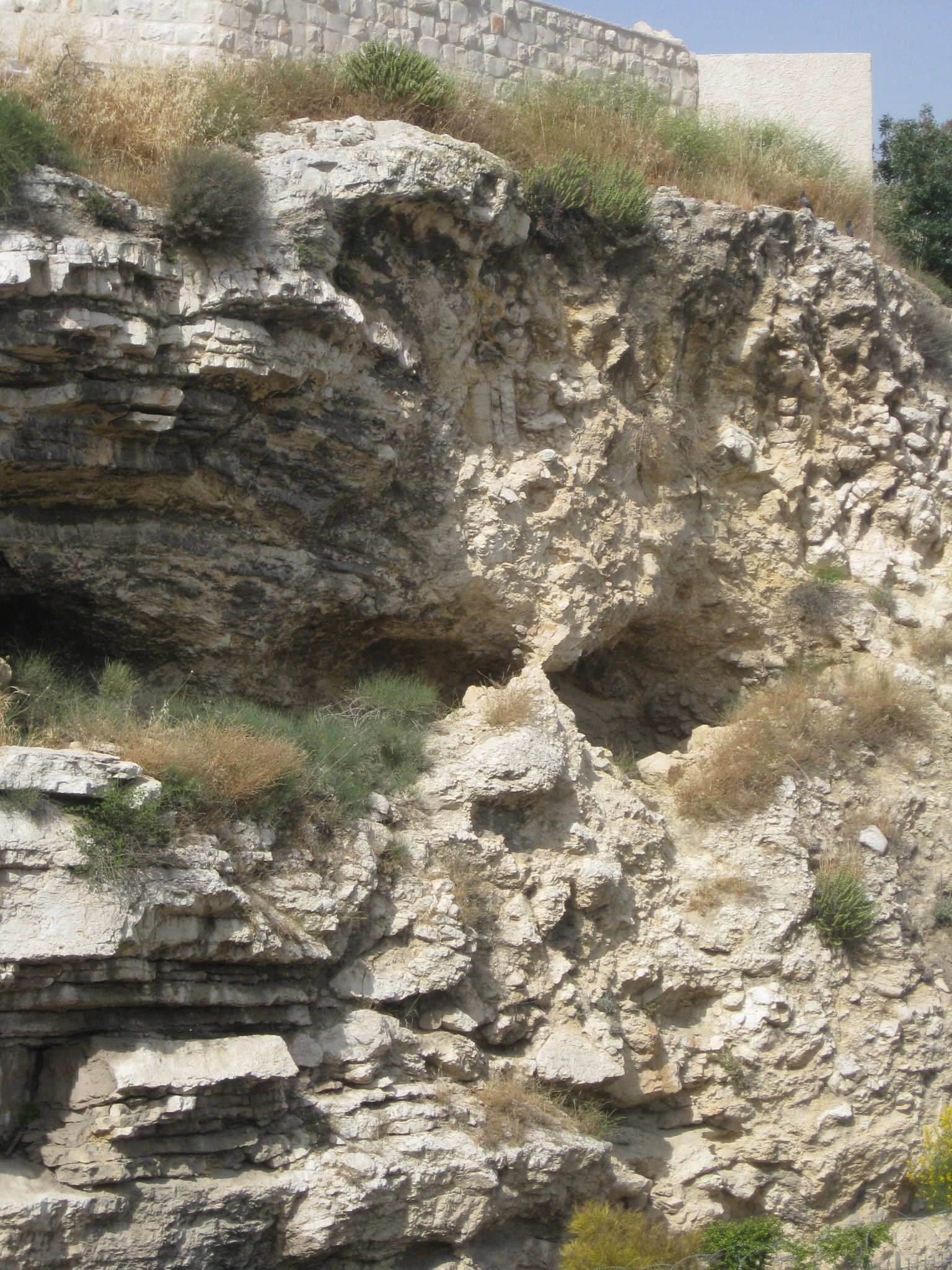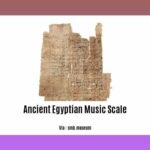What Is Golgotha?
Golgotha – a name echoing with history, religion, and a touch of mystery. Known as “the place of the skull,” it has captivated the imaginations of Christians and historians for centuries. But what exactly is Golgotha, and why does it hold such profound significance?
The name “Golgotha” originates from the Aramaic word “golgalta,” simply meaning “skull.” This seemingly grim name has sparked numerous theories about the location’s appearance. Some scholars suggest that Golgotha may have been a hill or rocky outcrop resembling a skull. Others propose it was a burial ground, where skulls would have been a common sight, or perhaps even a place where skulls were deliberately left unburied.
For Christians, Golgotha holds immense importance as the site of Jesus’ crucifixion, as recounted in all four Gospels. The Bible depicts Golgotha as a location just outside Jerusalem’s city walls, near a road, and not far from Jesus’ burial place.
Unveiling Golgotha: A Deep Dive into the Site of Jesus’ Crucifixion
While the Bible establishes Golgotha as the site of Jesus’ crucifixion, pinpointing its exact location is more complex. For centuries, tradition has identified the Church of the Holy Sepulchre in Jerusalem’s Old City as the true location of Golgotha.
Within the Church of the Holy Sepulchre lies the Rock of Calvary, a raised rock venerated as the crucifixion site. Nearby, the Tomb of Jesus marks the place where, according to Christian belief, he was buried after his crucifixion. For millions of Christians worldwide, the Church of the Holy Sepulchre represents a tangible link to their faith, a place to commemorate Jesus’ sacrifice and experience the hope of salvation.
However, the exact location of Golgotha is not without its controversies. Some scholars propose alternative sites, both inside and outside the city walls, based on their interpretation of historical and archaeological evidence.
One such alternative is Gordon’s Calvary, a skull-shaped hill located outside the Old City walls. Proponents of this theory point to the hill’s striking resemblance to a skull, aligning with the literal translation of “Golgotha.” They also argue that its location outside the city limits aligns more closely with biblical descriptions of crucifixion sites.
Despite ongoing debates surrounding its precise location, the significance of Golgotha extends far beyond geographical coordinates. It stands as a powerful symbol of death, sacrifice, and the promise of redemption that lies at the heart of Christian faith.
Understanding Golgotha: Decoding the Meaning and Significance
The name “Golgotha,” meaning “place of the skull,” immediately evokes a sense of death and mortality. This grim association is hardly surprising, given the site’s likely history as a place of execution. The image of the skull, a universal symbol of death, takes on profound meaning in the context of Golgotha.
For Christians, Golgotha represents not only the place of Jesus’ physical death but also the triumph over death itself through his resurrection. The skull, a symbol of mortality, becomes intertwined with the promise of eternal life through faith in Christ.
The Symbolism of Golgotha
Death and Resurrection: Golgotha represents both physical death, as the site of Jesus’ crucifixion, and spiritual resurrection, symbolizing the hope of eternal life through faith.
Sacrifice and Redemption: As the place where Jesus sacrificed himself for humanity, Golgotha embodies the Christian concept of redemption – the idea that through Christ’s death, humanity could find forgiveness and reconciliation with God.
Suffering and Hope: The image of Golgotha, a place of execution, serves as a reminder of suffering and death. However, for Christians, it’s not a symbol of despair but rather a testament to the power of hope and faith, even in the face of adversity.
Unlock the Mystery: Where Is Mount Golgotha Now?
The quest to pinpoint the exact location of Mount Golgotha continues to fascinate historians and archaeologists. While the Church of the Holy Sepulchre remains the most widely accepted location, alternative theories persist.
The ongoing debate speaks to the enduring mystery surrounding Golgotha and its significance to both faith and history. Regardless of its precise location, Golgotha’s impact resonates deeply with individuals across cultures and beliefs.
Exploring the Theories
Church of the Holy Sepulchre: Identified in the 4th century CE by Emperor Constantine’s mother, Helena, the Church of the Holy Sepulchre houses the Rock of Calvary and the Tomb of Jesus. Archaeological findings within the Church seem to support its authenticity, but questions remain about its location within the city walls during Jesus’ time.
Gordon’s Calvary: Located outside the Old City walls, Gordon’s Calvary is a skull-shaped hill that visually aligns with the name “Golgotha.” However, a lack of substantial historical and archaeological evidence to directly link the hill to Golgotha raises doubts.
Golgotha: A Place of Pilgrimage
Regardless of the ongoing debate, both the Church of the Holy Sepulchre and Gordon’s Calvary draw millions of pilgrims each year. Seeking a tangible connection to Jesus’ story and the events surrounding his crucifixion, visitors from all over the world come to these sites to reflect, pray, and connect with their faith.
The Enduring Legacy of Golgotha
Golgotha’s legacy extends far beyond its physical location.
Art, Literature, and Music: The story of Golgotha has inspired countless works of art, literature, and music, each attempting to capture the raw emotion, profound sacrifice, and enduring message of hope associated with the site.
Modern Relevance: Even today, Golgotha speaks to fundamental human experiences of suffering, selflessness, and the search for meaning in the face of mortality. It serves as a timeless reminder of the power of faith and the enduring human need for hope and redemption.
Want to Learn More About Ancient History?
Are you eager to know more about the venerated deity worshipped by the Ammonites? Dive into our comprehensive article on the god Milcom and uncover his intriguing history and significance.
Meanwhile, if you’re fascinated by ancient weaponry, you won’t want to miss out on our exploration of the Goujian Sword, a magnificent relic that has captivated historians for centuries.














